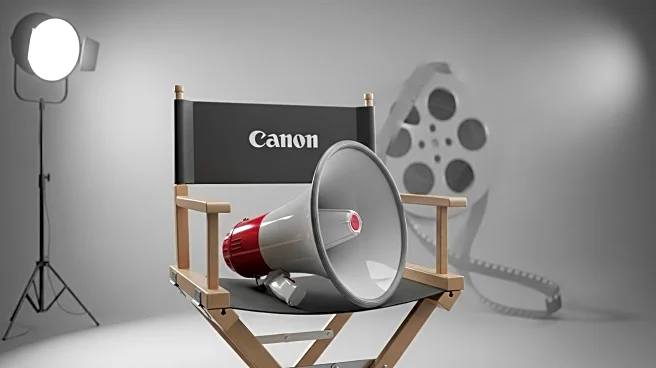What's Happening?
The advertising industry is facing challenges related to burnout and long working hours, exacerbated by economic constraints and staff cuts. According to Campaign, many agencies report an average working week of 38.3 hours, but industry leaders suggest these figures underestimate the reality. Timesheets, intended to monitor staff hours, are often inaccurate and not effectively used to identify burnout. Shrinking teams and high workloads contribute to the issue, with 25% of marketing professionals working overtime weekly. The problem persists despite efforts to track working hours, as cultural pressures lead to underreporting and falsifying timesheets.
Why It's Important?
The prevalence of burnout in the advertising industry highlights the need for better management practices and support systems for employees. As agencies face economic pressures and staff reductions, the risk of burnout increases, potentially affecting productivity and employee retention. Addressing these issues is crucial for maintaining a healthy work environment and ensuring the sustainability of the industry. The situation calls for a reevaluation of work culture and the implementation of strategies to prevent burnout and support employee well-being.
What's Next?
Agencies may need to explore alternative methods for monitoring employee well-being, such as improving line management and fostering open communication. The industry could benefit from adopting flexible work arrangements and providing resources for mental health support. As the conversation around burnout continues, agencies might face pressure to implement changes that prioritize employee health and work-life balance.
Beyond the Headlines
The issue of burnout in the advertising industry reflects broader societal challenges related to work culture and employee well-being. As industries grapple with these issues, there may be a shift towards more sustainable and supportive work environments, influencing cultural norms and expectations around work.










